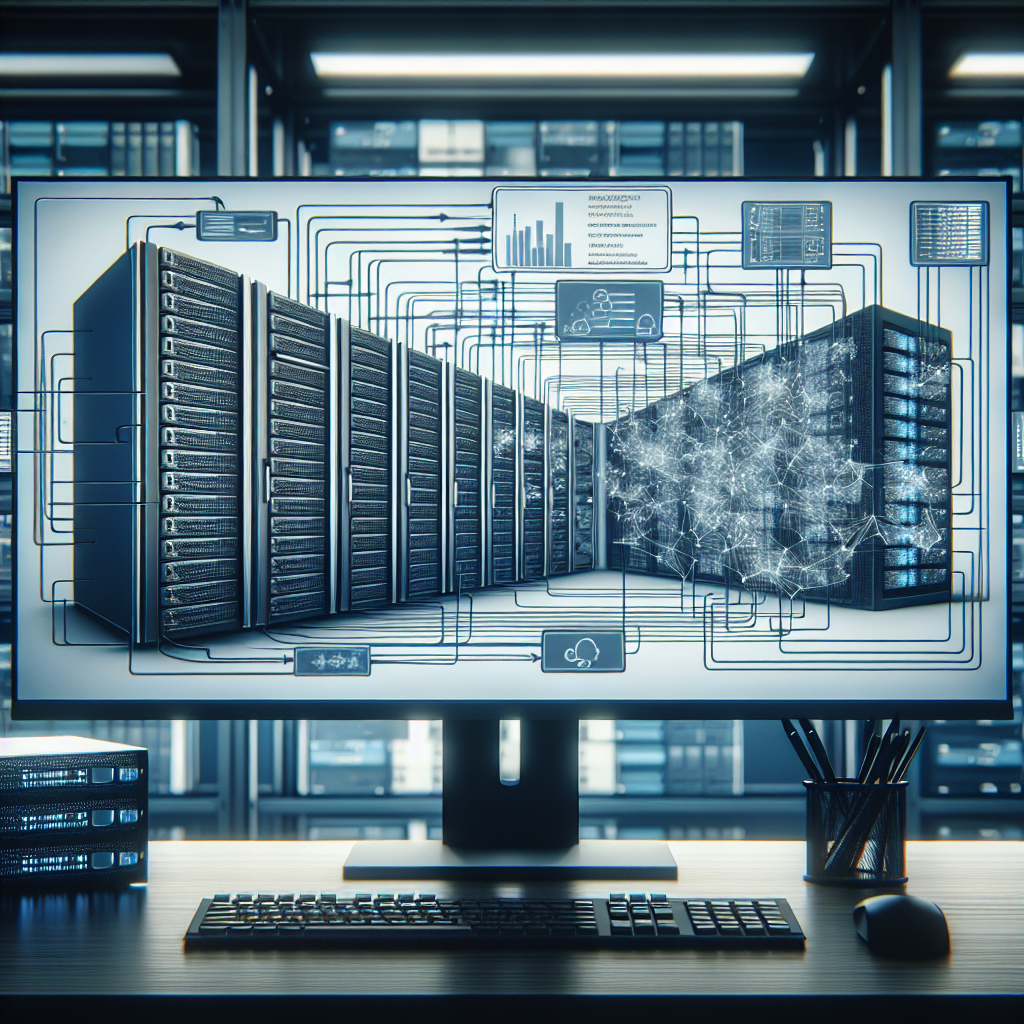A Storage Area Network (SAN) is a specialized high-speed network that connects and manages storage devices such as disk arrays, tape libraries, and optical jukeboxes. SANs are an essential component of modern data centers, providing a centralized and scalable storage solution for businesses of all sizes. However, managing and maintaining a SAN can be a complex and challenging task. Here are some tips to help you effectively manage and maintain your SAN.
1. Monitor Performance: Regularly monitor the performance of your SAN to ensure that it is operating efficiently. Use monitoring tools to track key performance metrics such as throughput, latency, and IOPS (Input/Output Operations Per Second). By monitoring performance regularly, you can identify and address any potential bottlenecks or issues before they impact the performance of your SAN.
2. Implement Redundancy: Redundancy is crucial for ensuring the reliability and availability of your SAN. Implementing redundant components such as power supplies, controllers, and network connections can help prevent downtime in the event of a hardware failure. Additionally, consider deploying redundant SAN fabrics to provide failover capabilities and ensure continuous access to your data.
3. Regularly Update Firmware and Software: Keeping your SAN firmware and software up to date is essential for maintaining the security and stability of your storage environment. Regularly check for updates and patches released by your SAN vendor and apply them as needed. By staying current with firmware and software updates, you can address any known vulnerabilities and ensure that your SAN is running on the latest features and enhancements.
4. Implement Data Protection Mechanisms: Data protection is a critical aspect of managing a SAN. Implementing data protection mechanisms such as RAID (Redundant Array of Independent Disks), snapshots, and backup solutions can help safeguard your data against data loss or corruption. Regularly test your data protection mechanisms to ensure that they are functioning as expected and are able to recover data in the event of a disaster.
5. Document and Maintain Configuration: Documenting the configuration of your SAN is essential for troubleshooting and maintenance purposes. Keep detailed records of the hardware and software configurations, network topology, zoning, and LUN (Logical Unit Number) mappings. Regularly review and update your documentation to reflect any changes or updates made to the SAN configuration.
6. Conduct Regular Health Checks: Regularly conduct health checks and performance assessments of your SAN to identify any potential issues or areas for improvement. Use diagnostic tools to analyze the health and performance of your SAN components, including switches, storage arrays, and HBAs (Host Bus Adapters). By proactively identifying and addressing issues, you can prevent performance degradation and ensure the reliability of your SAN.
In conclusion, managing and maintaining a Storage Area Network (SAN) requires careful planning, monitoring, and proactive maintenance. By following these tips, you can effectively manage and maintain your SAN to ensure optimal performance, reliability, and data protection for your business.


Leave a Reply